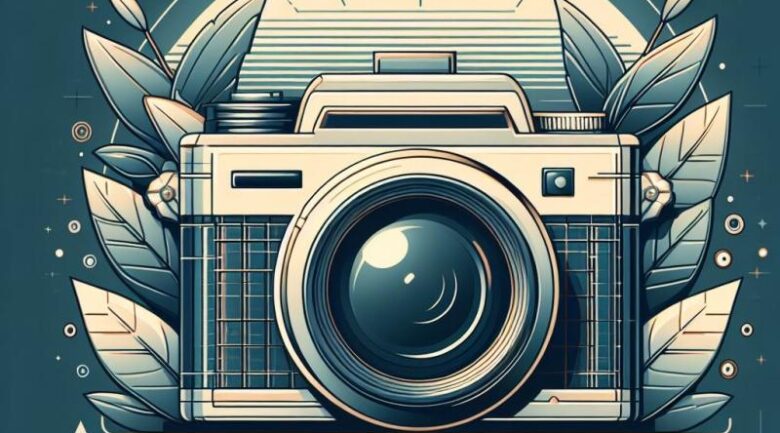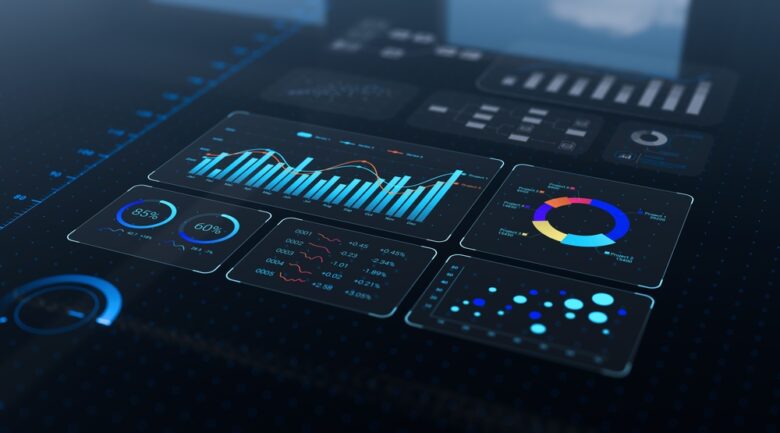Key Takeaways:
- AI tools are making high-quality design accessible to individuals and small businesses that previously lacked the resources or expertise to compete with larger brands.
- Freepik defends AI tools can be a great real equalizer, as user imagination becomes more important than technical skill.
- As AI capabilities grow stronger, it becomes crucial to control its use and create boundaries, especially around sensitive content like violence and pornography.
One benefit of having so many AI tools on the market is that it’s letting more people create without limitations.
Case in point: smaller brands and businesses can now produce high-quality work without massive budgets or large teams.
With AI generating text, art, video, and code quickly and affordably, the playing field is more level than ever before. In a very real way, AI has become the big creative equalizer.
That is at the core of our conversation with Joaquín Cuenca, CEO and founder of Freepik. We explore how AI is changing the creative process and walk through six specific ways Freepik is using it to empower designers and small businesses.
Who is Joaquín Cuenca?
Joaquín Cuenca is the founder and CEO of Freepik. He has led the development of AI-driven design solutions, focusing on making design more accessible to users from all skill levels. His efforts have influenced the direction of design technology, particularly in the use of AI within the design and stock media industries.
Founded in 2010, Freepik established itself as a one-stop image bank and stock image platform, providing visual content to designers looking to bring their ideas to life.
The design company offers a vast library of ready-to-download resources, including vectors, high-quality photos, images, icons, videos, PSD templates, and several design tools.
Freepik was also at the forefront of AI-driven visual content.
“Our mission at Freepik is to help anyone and everyone, with any level of design experience, create great designs. Throughout our journey, we saw a need to help people more closely create exactly what they envisioned or dreamed,” Joaquín says.
“Before AI, users may have had to visualize something that was hard to bring to life, forcing designers to use something that was close enough to their vision. Thanks to AI, these constrictions are no longer a limitation.”
Introducing AI was a “big departure” from how Freepik used to help users in the past, but Joaquín believes it was the right move to get them closer to creating exactly what they dreamed of.
AI as a New Medium
While there is an overlap between what Freepik does with stock media and its AI tools, there are still elements unique to each space.
“If you want to show some gorgeous canyon, city, or landscape, you will want to use an image of the real thing. You don’t want to cheat your viewer or audience with something that looks somewhat like the real thing but doesn’t quite capture the essence,” Joaquín says.
“AI is a tool that should be used for things that are simply too difficult to do. Surreal photorealistic images? AI is the tool for you. A painting of your own family? AI is the tool for you. A splash screen for your indie video game? AI is the tool for you.”
Looking ahead, Joaquín believes it will become impossible to ignore AI.
He sees it following a similar path to how painting and photography evolved to capture images in different ways.
“Even those who may be weary now will see it as an advantage and an asset in the future,” he adds.
Reinventing Image Search
One challenge with having millions of templates, images, and media in your database is helping designers find the option they are actually looking for.
A traditional search bar was, for a long time, the go-to solution, and Freepik was no exception.
Freepik’s search process used to rely on matching keywords to file names and tags, but that changed two years ago, thanks to AI.
“We’ve since distanced ourselves from these keywords. We use AI to understand what is depicted and represented in each image,” Joaquín tells us.
“We take this information, coupled with the search done by the user in his language, using analytics from his country, and try to better understand what he means with his search prompt.”
“The issue with this approach lies in the need to finetune your AI models to help them understand what the best images for each specific search are. We use our vast historical knowledge to guide the models to give users the best answers.”
Next-Level Image Generation
Freepik has its own image generation tool, the Freepik AI Suite, previously known as Freepik Pikaso.
According to Joaquin, this AI tool was designed to be the “most comprehensive, AI-first creative suite in the market.”
“Traditionally, AI image generation tools give you very vanilla results. It tends to be very difficult to type text that gives you interesting results, and said results can be very unpredictable.”

“Freepik is unique in that we have a vast library of assets that users can use as a starting point to guide their creations and designs. We offer the option to use all of the top image and video generators in the world integrated into one single suite.”
Freepik integrated Latent Consistency Models (LCMs) into their image generation tool only 5 days after the first implementation.
“It was obviously a big breakthrough, making newer generations much faster and cheaper. We have been iterating since then, and we now use a variety of techniques to accelerate the process of image generation,” he tells us.
“The time it takes to generate an image is an important KPI for us, but the quality of the image is just as crucial of a marker or metric. Over the last few months, we have been working to improve the quality of the first set of images that the user gets.”
If, after a few different prompts, users are still unhappy with the image, they have the option to visit Freepik’s Discord channel and ask for help. There, they can receive guidance on how to better express what they wish to achieve with the AI.
Setting Smart Boundaries
While the main goal of image generation tools is to create the user’s request to the best of their capabilities, it’s also important to determine when the AI should not draw that request.
“At Freepik we set our limits and boundaries at generating child pornography or erotism and pornography created using faces gathered with user-provided images. We have strong filters in place for that,” Joaquín reveals.
“Things like erotism are quite popular among artists, so we’ve decided to allow adult eroticism as long as it’s generated by a Freepik subscriber and not by a free user, as it is today the only way to ensure the user is an adult.”
Joaquín also believes they shouldn’t limit users who want to depict violence or blood.
“By setting up too many parameters, we may end up making it difficult for people that are utilizing our platform to create art as a form of protest or to generate and ignite feelings of unrest or passion through imagery.”
We are actively monitoring our platform and the content that our users create that may be flagged to our team for inappropriate content. As the world changes, our policies adapt to better adhere and safeguard communities from exploitation through our platform.”
When they do detect harmful or malicious content, Joaquín assures they are quick to act with a zero-tolerance policy.
Empowering Small Business Creativity
One of AI’s biggest advantages is how it has leveled the playing field for small businesses.
What once required a big budget, like a full ad campaign, can now be done faster and more affordably with AI tools.

“A few years ago, it was almost impossible for a small business to run a full ad campaign. Google and Meta made that affordable by giving small businesses more tools to target the ad to a smaller, relevant audience,” Joaquín adds.
“Now, tools like Freepik are empowering those same small businesses to make creative videos and ads to show their products in a way that can help compete with bigger brands.
“Ultimately, we are closer to a world where the most creative people win, and not just the one with the biggest budgets.”
AI as the Great Equalizer
Joaquín acknowledges the other side of the issue, as creatives and artists protest about how AI is being trained and used by companies.
“There are many creatives who resent the technology and feel that they will soon be replaced by the tool. However, the accessibility of cheap, affordable, high-quality cameras has not turned everyone into a professional photographer.”
“Sure anyone can buy a great camera, but the eye of a quality filmmaker or photographer has not been replaced by the average Joe. AI is the ultimate equalizer.”
“Now it’s all about the tool and the creativity, and there is something empowering about that.”
AI Is Here To Stay
As Joaquín pointed out, AI has shifted the creative process from one of compromise to one of realization.
Designers, artists, and small businesses alike are no longer bound by budget or technical skill to express their ideas.
It’s clear the conversation around AI in design is no longer about whether it will change the landscape. That’s a fact.
The real question now is how we’ll use it, how we’ll adapt to it, and how we’ll ensure these tools are available for anyone willing to take their creativity to the next level.




